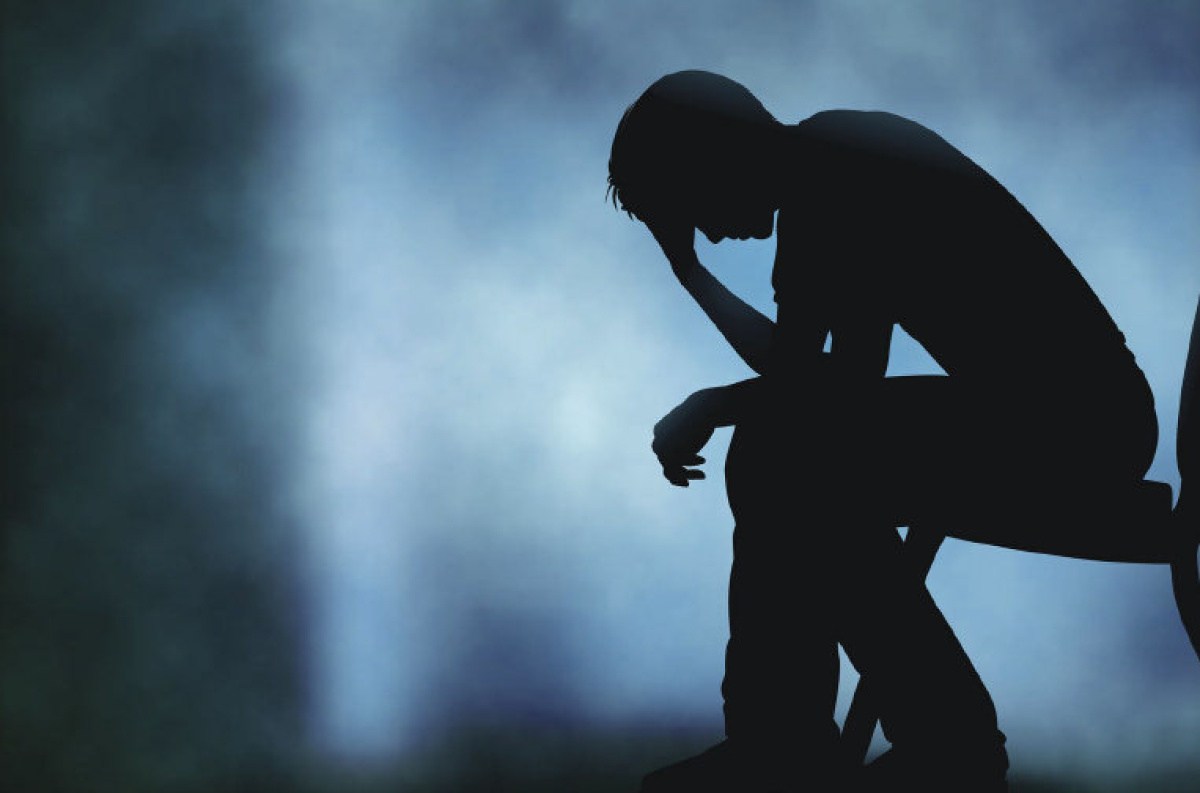
Every adult spends a major part of his day at work. The individual experience at work is a decisive element in general wellbeing. Employers and managers must launch incentives which promote mental health at work and support workers who have mental problems, by assisting them not only to improve their health, but at the same time, to boost productivity at work too. On the other hand, a negative work environment may cause physical and psychological problems, a damaging use of substances and alcohol, withdrawal and a decline in productivity. What do experts of public health advice? Doctor Lumturi Merkuri tells us what should be done in case of stress at work.
Measures
We suggest that there should be a constant focus on the reduction of stress at work. We have noticed that there’s a growing awareness in relation to such issues. In many countries, policymakers and social partners have been involved in concrete interventions to treat psycho-social threats, which cause stress at work. It’s important to work a lot through campaigns which aim at raising awareness and increasing the number of professional networks in these domains.
Prevention. The protection of employees’ mental health has a big impact, if it is focused in the strategies of prevention. It is very important to manage the consequences of stress at work, by combining collective and individual measures.
Involvement. Better opportunities of involvement in decision making offer more satisfaction at work and a higher self-esteem. In the long-run, independence in performing tasks is very important for satisfaction at work and growth of productivity. Involvement in decision making reduces the effects of psychological and social threats.
Management. A suitable management system would enable the inclusion of practices that promote mental health.
Organizational culture. International Labor Organization stresses the importance of the social environment in the sort of behavior which is manifested at work and its assessment; human resources programs play an important role in establishing relations based on trust, truthfulness and partnership. In many countries, employees face added pressure to deliver work requirements in modern times.
Children mental health, 5-15% of them experience a psychiatric disorder in life
Mental health disorders may emerge early in life, but there are very few parents who manage to indentify the causes of these problems in time, due to the lack of information in identifying the symptoms of mental illnesses which appear while children are growing up. According to experts, there have been numerous cases when parents have taken their children to the specialist doctor in an aggravated state, for failing to discover the symptoms that the child could have displayed in his day to day life in time. But, what are the signs that parents should identify? Doctor Valbona Alikaj, psychiatrist specialized on issues concerning children and teenagers, offers several advices on these problems.
Illnesses
Mental disorders is a clinically significant behavior, a psychological syndrome or a model of behavior which is associated with a state of concern, incapability or an added fear of death, pain, disability or loss of freedom. 5% to 15% of children experience a psychiatric disorder which requires treatment. Unfortunately, many disorders of childhood go unnoticed and untreated, therefore early identification and treatment occupy an important place. Disorders which are more often seen in children psychiatric clinics or in health clinics include disorders of intellectual development, communication disorders, attention deficit and hyperactivity disorder, specific learning disorders and motor disorders. Besides these, a part of these disorders which are encountered among adults, are also identified among children. These disorders include depression, bipolar disorder and in rare cases, schizophrenia.
Diagnoses of mental disorders
Around 15-25% of the population up to the age of 18 is affected during its lifetime by at least a disorder which can be diagnosed. The disorders which are encountered more in clinical practices are:
Schizophrenia and other psychotic disorders - Symptoms of these disorders are: delusions, hallucinations or disorganized speech and thoughts.
Depressive and bipolar illnesses and anxious disorders, which include: frequent feelings of anxiety and a more extended period of tension than an ordinary person can experience in his day to day life.
Sematoform disorders which are a big concern for health, not based on physical functioning or analyses.
Nourishing disorders–anorexia, bulimia, etc.
Diagnoses of mental disorders
15-25% of the population up to the age of 18 is affected during its lifetime by at least one disorder which can be diagnosed.
15-25% of the population up to the age of 18 is affected during its lifetime by at least one disorder which can be diagnosed.




 ALB
ALB
 ENG
ENG
